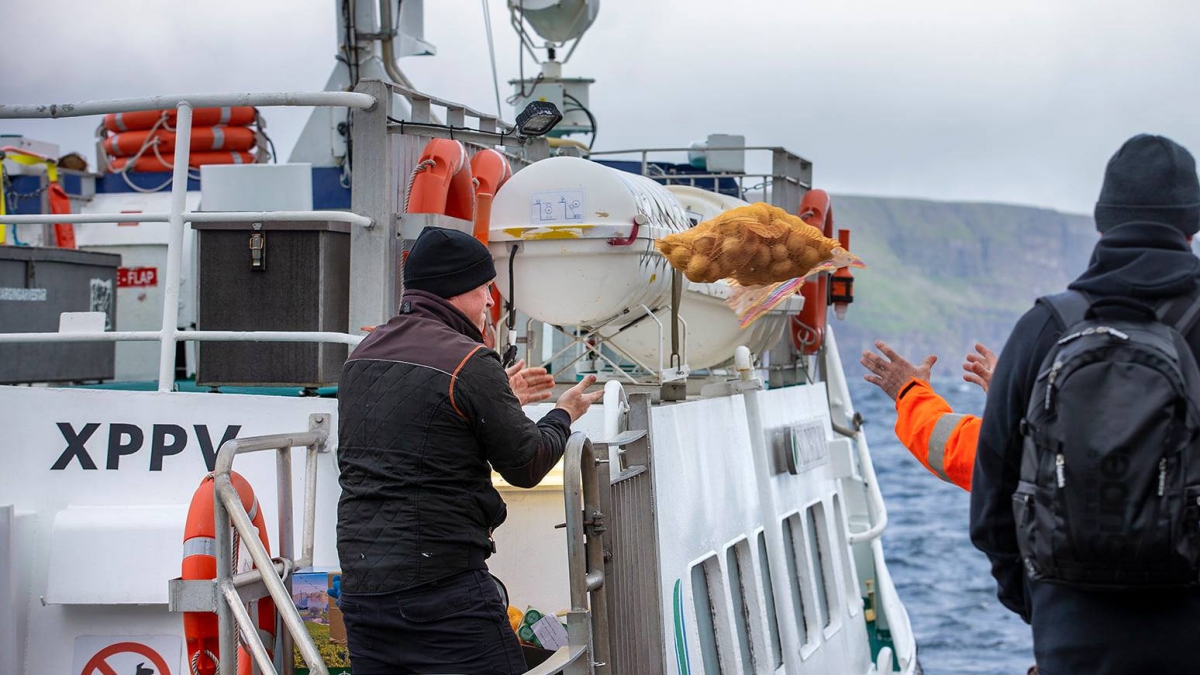Employees
16. Aug 2021
27,800 employees in July — growth has stagnated

Despite a year-on-year increase of almost 500 employees, the trend indicates that the number of employees has remained unchanged over the past few months and the growth has come to a standstill.
[px-graph-1]
It is now possible to embed interactive graphs such as the one above in your own website.
By hovering the marker over a certain point on the graph, you can see the population figure for that particular month. By adjusting the timeline at the bottom of the graph, you can also extend the period – back to 1985 for this particular graph.
To embed the graph in your own website, click the menu button in the top right corner. Click ‘Embed graph in website’, then click ‘Copy code’ and paste the code in your website.
The difference between the sexes is shrinking
The graph below shows the employee numbers for each sex. The semi-transparent lines show the employee numbers, while the solid lines show the trend.
In July, there were approx. 14,300 male and 13,500 female employees in the Faroe Islands.
The trend indicates that while the growth in the number of male employees has stagnated, the number of female employees continues to rise. The result is that the difference in the number of male and female employees, which has been increasing in recent years, is now shrinking.
[px-graph-2]
Varying trends across the four main industrial sectors
The trend indicates that the ‘governmental and other services’ sector has seen a steady increase in employees over the past year, while the figure for the ‘private services’ sector has gone down slightly. The number of employees in the ‘construction and other manufacturing’ sector is now declining after a period of steady increase since 2014. However, the ‘fishery and other natural resources’ sector is enjoying the highest number of employees since 2008.
[px-graph-3]
[px-graph-4]
[px-graph-5]
The Nordic trend during and after the Covid-19 pandemic
Below is a seasonally adjusted index of the employee trends in four Nordic countries: the Faroe Islands, Iceland, Denmark and Norway. The trend covers the January 2020 - May 2021 period. More recent figures are available for the Faroe Islands and Iceland, but June and July have been left out for ease of comparison.
The graph reveals significant differences in employee trends since the start of the pandemic. The figures for the Faroe Islands and Denmark have now returned or surpassed pre-Covid levels. The Faroe Islands and Iceland saw a relatively higher drop in April 2020 than Denmark and Norway, but the Faroese employee numbers recovered relatively quickly from this drop. Denmark’s employee numbers have risen sharply in recent months and are now back to pre-Covid levels.
The figures for Iceland and Norway are still below Covid-levels. However, despite substantial fluctuations, the past few months indicate that Iceland is now approaching pre-Covid levels, according to the country’s latest figures from June.
Source: Statistics Denmark: LBESK03, Statistics Iceland: VIN00002, SSB: 13126
About employees
An employee is anyone aged between 16 and 74 who earns a wage that is subject to tax at source (PAYE) and resides in the Faroe Islands at the time of wage payment. A person is regarded as an employee if he or she receives a wage payment which is no lower than a day wage for an unskilled worker, regardless of whether the wage is paid by a Faroese or an overseas company.
About the trend
The trend describes the employee trend by adjusting for seasonal effects and error components in the figures.
About the main industrial sectors
Grouped under the ‘fishery and other natural resources’ sector are the following branches: agriculture, fishing, aquaculture, extraction of raw materials, fish processing and activities not elsewhere indicated.
The ‘construction and other manufacturing’ sector includes: shipyards/machine shops, other manufacturing, construction and energy.
The ‘private services’ sector includes: trade and repair, hotels and restaurants, sea transport, other transport, communications, finance and insurance, business services. household services and organisations, culture, etc.
‘Governmental and other services’ includes: public administration and services (central administration, municipalities, education, health and social work), government institutions and the Ministries of Education and Health.